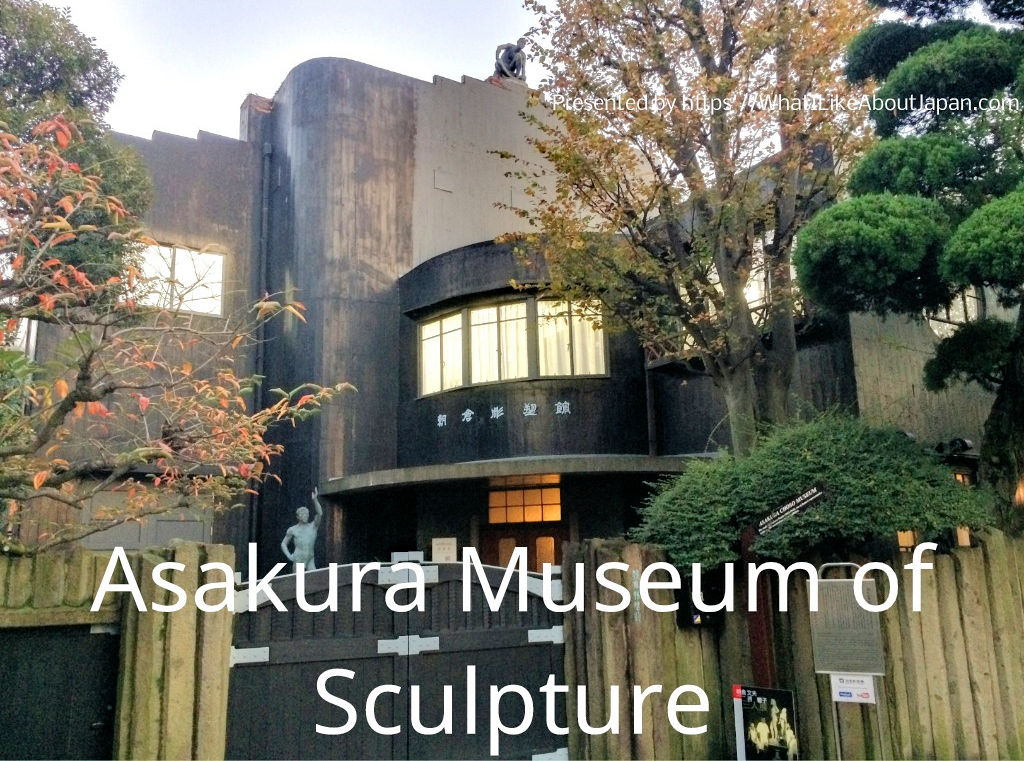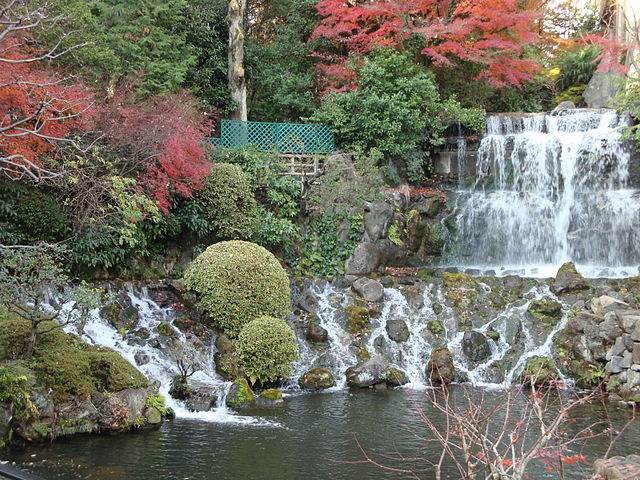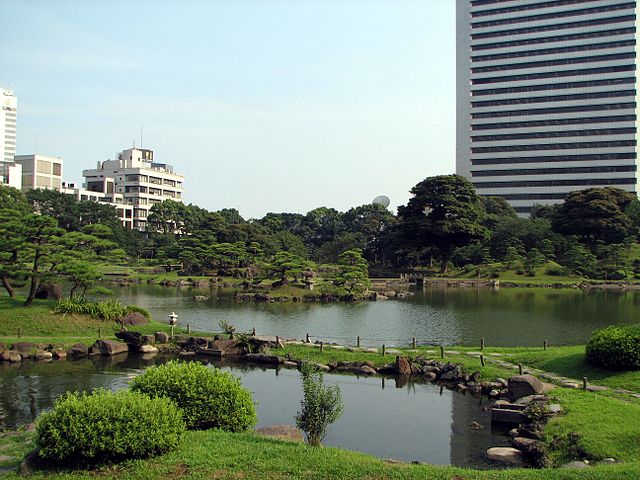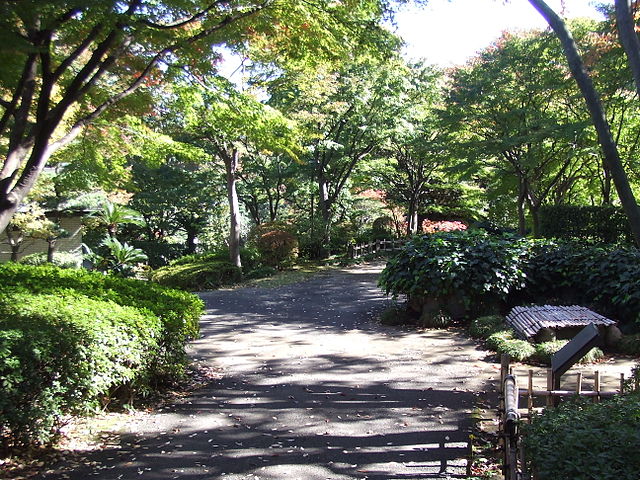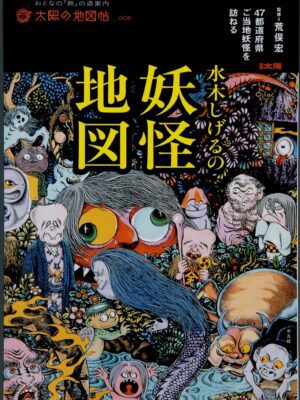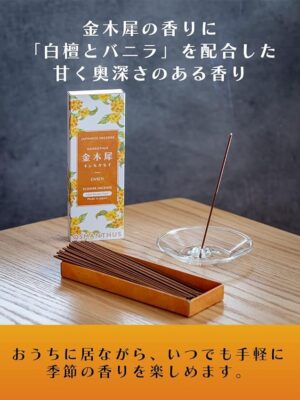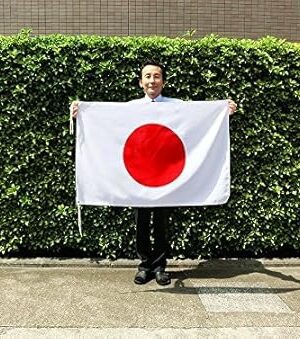Formerly Sakura Fumio Garden
Asakura Museum of Sculpture is both a garden and the former home designed by one of Japan’s greatest sculptors, Asakura Fumio. Both the garden and the building were designed and built by Mr. Asakura to co-exist harmoniously. By all means please come see this very original place!
Share this Post
Information about Asakura Museum of Scupture
-
Address:
7-18-10 Yanaka, Taito-ku
-
Contact:
03-3821-4549
-
Open hours:
9:30 am – 4:30 pm (entry until 4pm)
-
Closed:
Monday, Thursday (the following weekday if it falls on a public/substitute holiday), the year end/new year holidays< /br>*The museum may be closed occasionally in order to change exhibits, etc.
-
Entrance fee:
General ¥500(¥300, elementary/junior high school students ¥250(¥150). *The prices in brackets are for groups of twenty or more. *Those with physical disability certificates or a medical care certificate are free o charge.
Flower Calendar for the Asakura Museum of Sculpture
- Jan. – Feb. : Camellia, Plum, Narcissus, Schlumbergera
- Mar. – Apr. : Flowering quince, Clivia, Thunberg’s meadowsweet, Chinese fringe flower, Deutzia gracilis, Asian pear
- May – Jun. : Yuzu, Rhaphiolepis umbellata, Sweet mock-orange, Satsuki azalea, Pomegranate, Creeping saxifrage, Hemerocallis esculenta, Hydrangea, Campanula bellflower, African lily
- Jul. – Aug. : Crape myrtle, Autumn zephyrlily, Rose of Sharon
- Sep. – Oct. : Sasanqua (single), Chanohana, Toyoran orchid, Toad lily
- Nov. – Dec. : Sasanqua (double)
- Roses flower all year round
Background and History of the Asakura Museum of Sculpture
The Asakura Museum of Sculpture was the home and studio of Asakura Fumio (1883-1964), one of Japan’s greatest modern sculptors. Asakura designed and oversaw the building of the house himself and it was completed in 1935. Asakura passed away in 1964, but a family member later opened his home to the public as the Asakura Museum of Sculpture in 1967 (it became the property of Taito ward as of 1986), something Asakura himself had requested. The building was designated as a national tangible cultural property in 2001 and later in 2008 the entire grounds were designated as a National Place of Scenic Beauty after it was acknowledged that the aesthetics of the the gardens and architecture came together as one. Large-scale restoration and preservation work was carried out on the property between 2009 and 2013 and the site has been returned to its original state.Features and Sights to See
Asakura Museum Courtyard
The courtyard of the Asakura Museum of Sculpture is surrounded by buildings on all our sides and its area is mostly taken up by the pond. The formation gardens look divergent from every angle an it is obvious for their shape and form that they were uniquely thought up by Asakura Fumio who worked with sculptures everyday.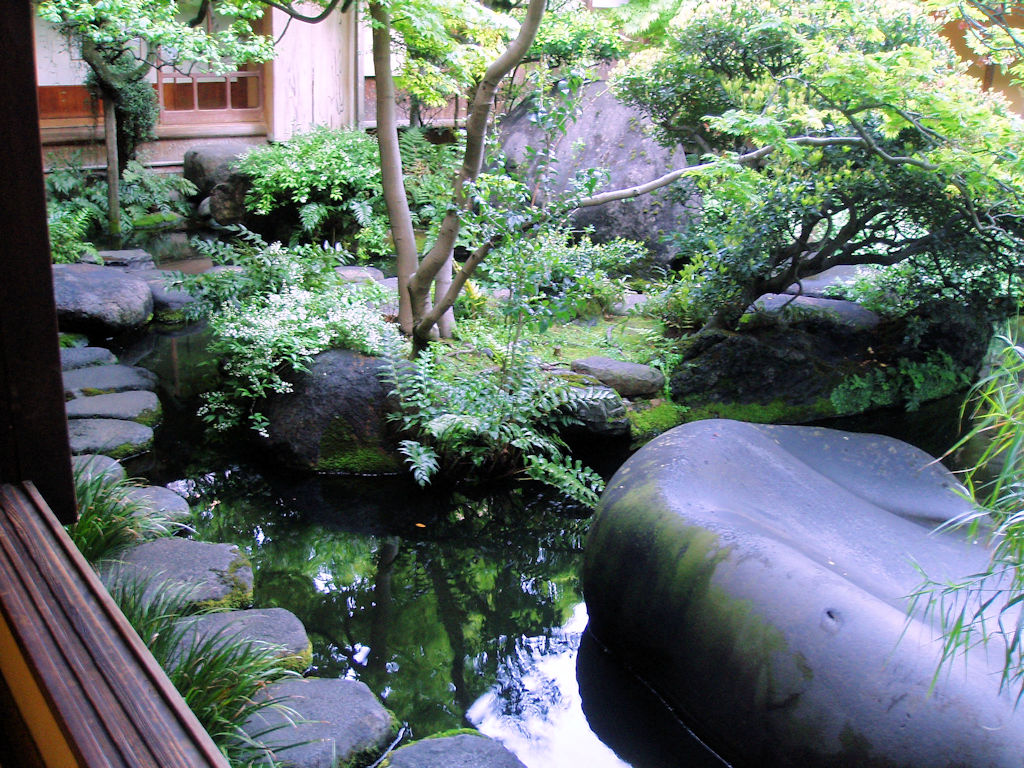
Asakura Museum Rooftop Garden
The greatest feature of the Asakura Museum of Sculpture is in the harmony and interaction of the building and the garden. The two elements exist alongside each other while still retaining their unique aesthetic appeal. You can see contrast and twists here and there throughout the building that reflect Asakura’s artistic taste.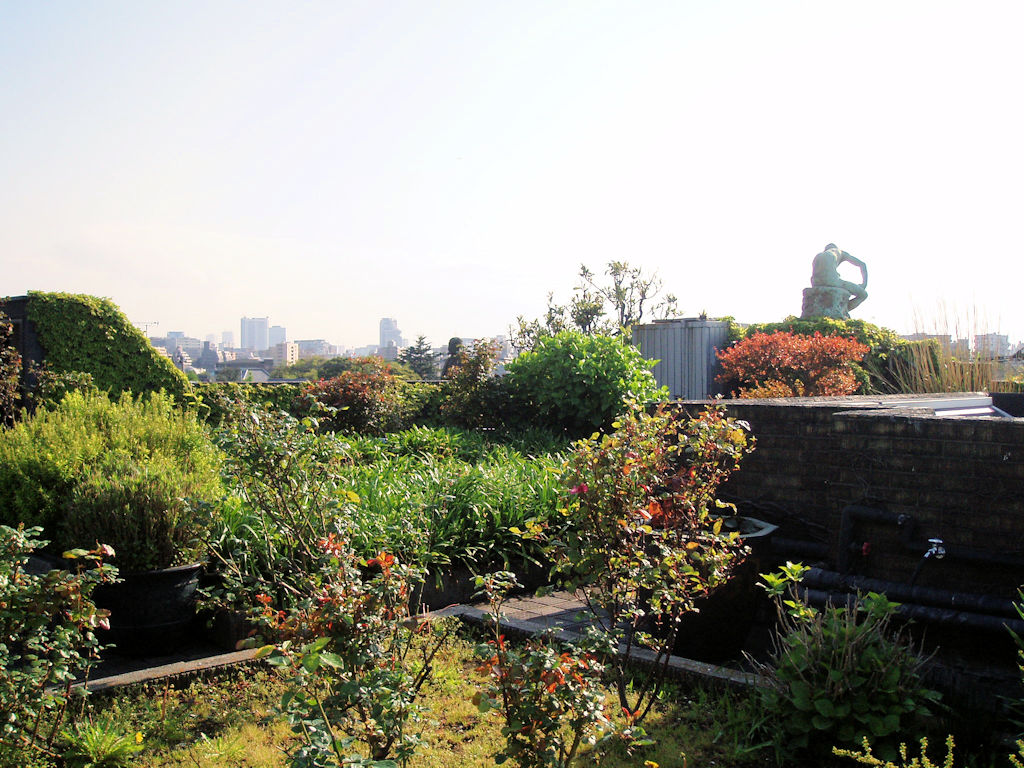
Asakura Museum Architecture
THe greatest feature of the Asakura Museum of Sculpture is in the harmony ad interaction of the building and the garden. The two elements exist alongside each other while still retaining their unique aesthetic appeal. You can see contrast and twists here and there throughout the building that reflect Asakura’s artistic taste.
Images thanks to Calton @ WikiMedia Commons, merec0 @ WikiMedia Commons, merec0 @ WikiMedia Commons, and nesnad @ WikiMedia Commons.
Other Articles You Might Be Interested In
Related Items on Amazon.co.jp
Related Items in Amazon.com

